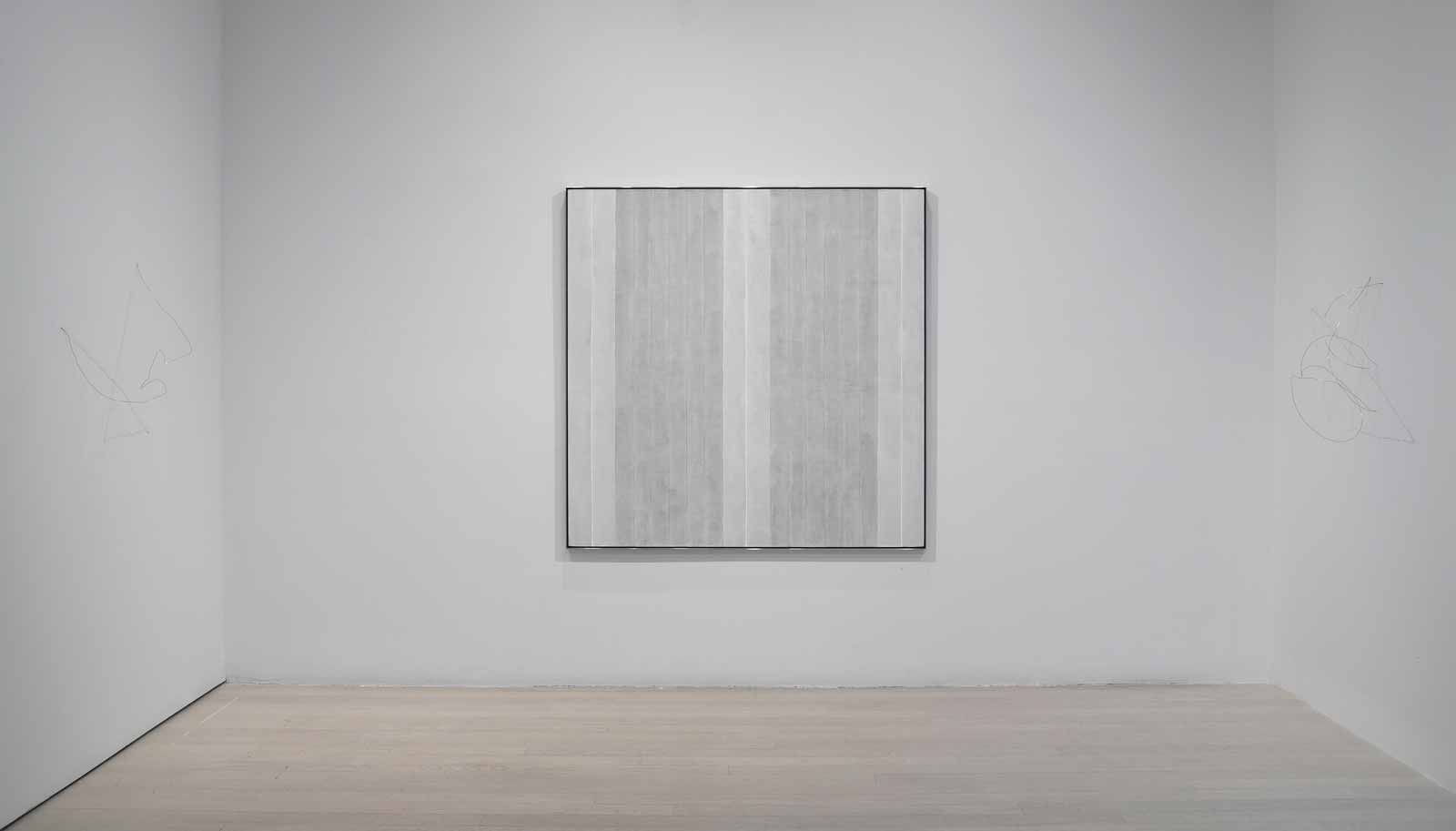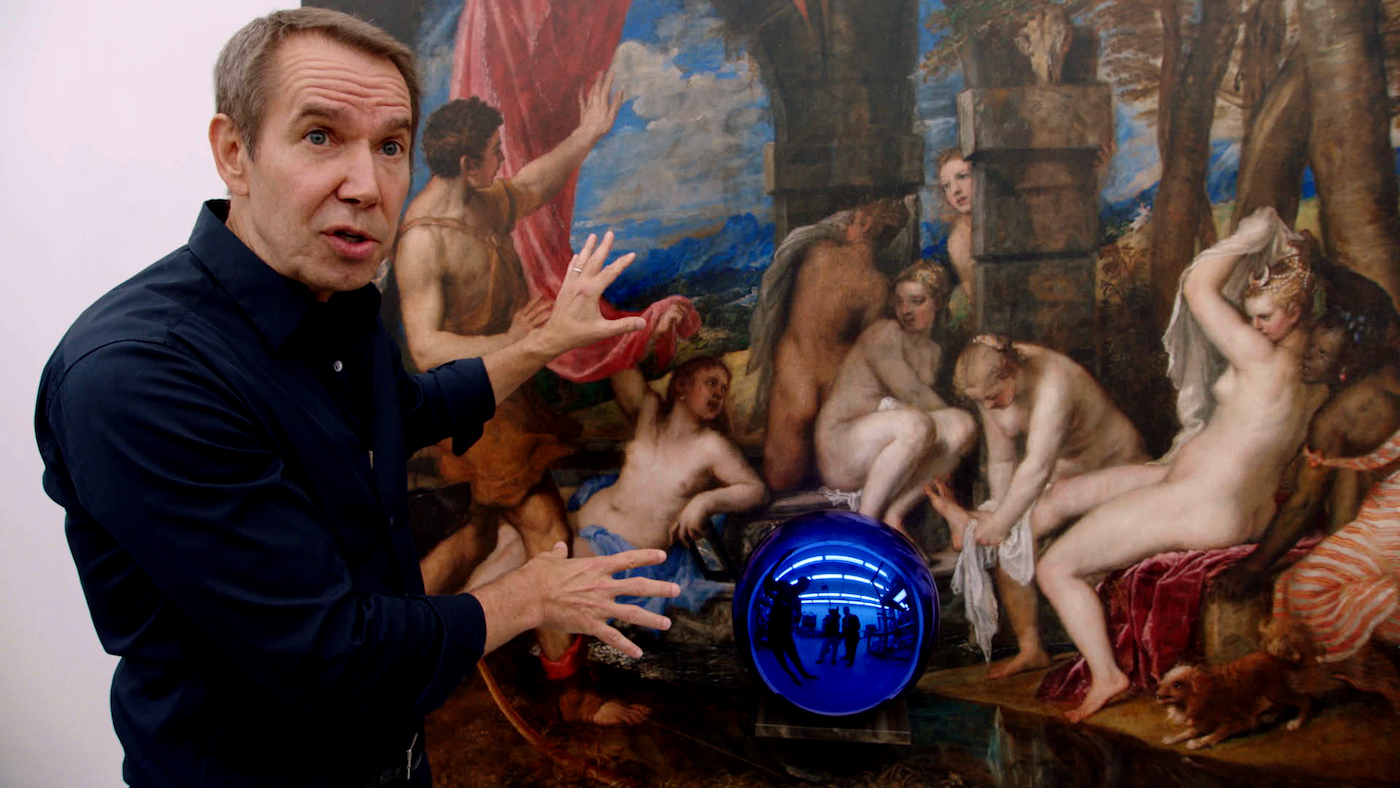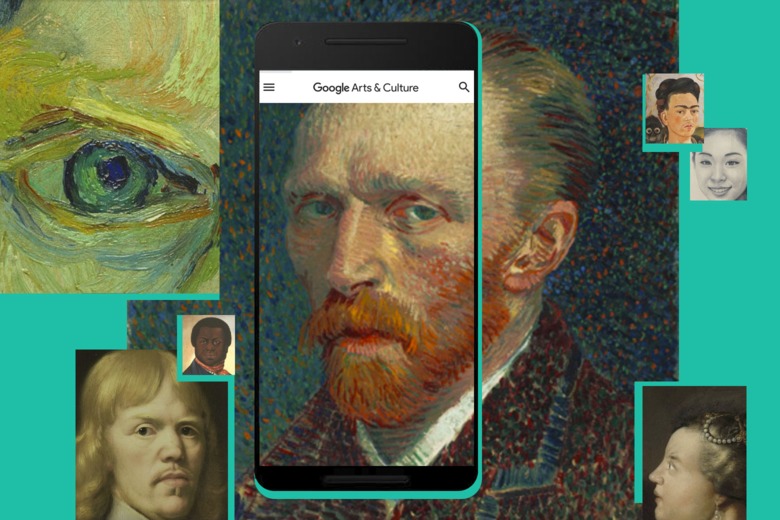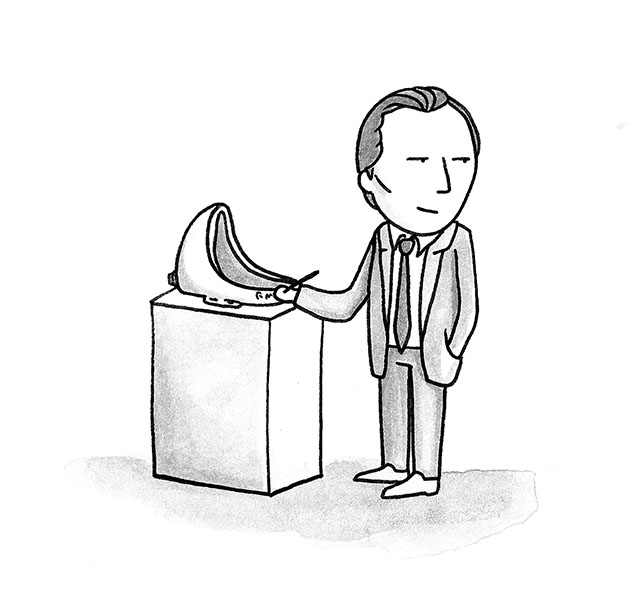One of life’s common denominators is limited time. While you can work to achieve more wealth, a better education, or improved health, we all have to figure out how to budget the same twenty-four hours each day. There is actually something quite comforting in this, and I enjoy learning and reading about how successful and creative people use their allotted hours each day. Last year I read Chris Bailey’s lauded The Productivity Project: Accomplishing More By Managing Your Time, Attention, and Energy—a book that tracks Bailey’s attempt over one year to research and test out an entire range of productivity tools and approaches—and the biggest take away for me was his emphasis on scheduling less time for important events, but bringing a renewed focus and intensity to that scheduled time.
Bailey's book was an eye-opening read. Work with focused intensity over shorter periods of time. Interval training for the brain.
One month into a new year and with more time than usual to spend thinking about productivity, I decided that I too needed to re-evaluate how I was spending my time on tasks that tend to lead towards procrastination (writing new material and grading tops my list here, but I could easily add house cleaning and responding to email into the mix… you get the idea). Interestingly, I was able to overcome my dread of steady state cardio at the gym last year by embracing interval training. Simple in concept but powerful in results, interval training involves alternating high-intensity and speed in exercise followed by a short period of recovery at a slower and reduced pace. For example, two minutes of sprinting followed by two minutes of walking. If done properly, the benefits of HIIT (high intensity interval training) include more efficient fat burning and improved cardiovascular conditioning over steady state cardio (done at one speed, ie. jogging or slow running). But best of all, you can cut your workouts in half if you are willing to work harder for a shorter period of time. No more churning out an hour of cardio. I can get the same results in a focused 20-25 minute session (and my running times have improved tenfold).
The equivalent to interval training at the gym in the world of the mind is something called the Pomodoro technique—using intervals of time to cycle between activity and recovery when performing desk-related tasks. I first blogged about this method in passing when writing about digital distraction and how the Pomodoro technique got me through writing my doctoral dissertation, and I have once again reintroduced Pomodoro into my everyday routine with some great results.
The steps of the technique are dead simple:
- Decide on the task you want to tackle
- Set a timer for the work interval you choose (25-45 minutes is the norm)
- Work on the task without any distractions during that time (i.e. turn off all external stimuli)
- End work when the timer goes off
- Take a break away from your desk for the time you choose (5-15 minutes). Congratulations, you have completed one Pomodoro
- Repeat, and after 3-4 Pomodoros, finish for the day, or take a break equivalent to one Pomodoro (25-45 minutes) before returning to work
The technique is designed to create some very powerful habits. First and foremost you are forcing yourself to start a task (usually the toughest part) and if you are especially bad at procrastinating, I recommend beginning with 25 minute Pomodoros. Dedicating yourself to 25 minutes is not that tough, and before you know it you will find yourself engrossed in your work when the timer goes off. Over time you can increase the time interval (I like 45 minutes). Another important element to the interval is eliminating all distractions. No email or social media notifications, turn off your phone, and close your office door.
Working for a concentrated, distraction-free, interval of time, followed by a break, is the Pomodoro technique in a nutshell.
Second, you are required to rest. This can be tough at first if you simply cannot pull yourself away from the task, but trust me that the break is essential for both recovery and clearing the brain for another burst of activity—just like at the gym when you walk after sprinting to catch your breath. Many people try to pull off a multiple hour work marathon without breaks, and while this can work from time to time when needed, it is not a sustainable habit over the long term and does not form the habit of daily productivity. Remember the longer the work interval, the longer the break (25 minutes followed by 5 minute break, or 45 minutes followed by 15 minute break). During your break, you can get a drink, check your social media feeds, or watch a few minutes of a show. But whatever happens, you must return to your task when the timer goes off. Easier said than done, but this is where you build your discipline, and to be honest, I am usually eager to get back and pick up my last train of thought.
Finally, the concept of Pomodoro holds to the idea, also put forth by Bailey in his book, that we must strive to work in shorter spans of time without distraction. Better to set aside 3-4 hours a day of concentrated time to accomplish a set task then to block out 8 hours without many parameters or guards against distraction, exhaustion, or simple procrastination. Efficiency, self-control, and grit build over time using the Pomodoro technique—a skill set that allows you to build confidence in overcoming procrastination—along with earning back wasted hours that you can spend on leisure activities.
All you need to get started is a simple timer. But if you want to get fancy or technical, there are several useful Pomodoro apps available for desktops and phones (search term Pomodoro). My favourite one is a very minimal and modern app for the Mac, or you can get started right away with a desk tool by visiting tomato-timer.com.









































